Albizia: [Characteristics, Cultivation, Care and Disadvantages]
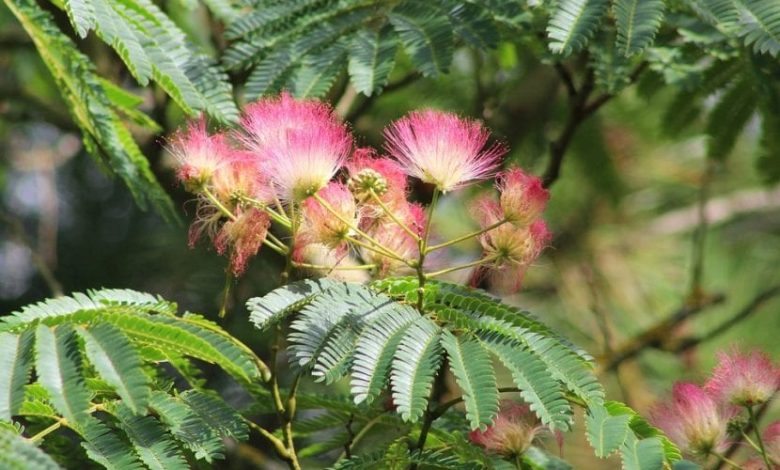
Important points when sowing an Albizia:
- When? The best time for planting albizia is during the months of March, April, May, September, October and November.
- Where? The albizia is a rustic plant that can be grown in different regions and types of soil, as long as it has a lot of light without excess sun.
- How do we water? Drip irrigation is recommendedto maintain even moisture. Always water at dusk or first thing in the morning, without excesses in the amount of water.
- How often do we water? Thealbizia plant should be watered every two weeks in summer seasons. In subsequent years, the amount of watering is reduced.
- What care does it require? The albizia is not demanding in terms of care for its development and cultivation, but time must be spent to meet some basic requirements.
- What pests and diseases affect you? Most of the albizia varieties are affected by psyllid-type insects that eat their leaves and pods and also suck the sap from their flowers.
What characteristics does albizia have?
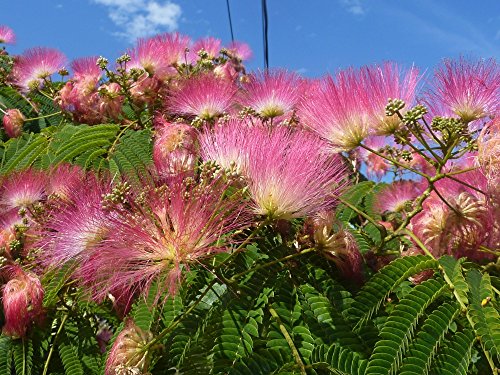 The albizia is a shrubby, deciduous plant of the Mimosoideae family.
The albizia is a shrubby, deciduous plant of the Mimosoideae family.
It has a parasol and open shape with tomentose branches and inflorescences.
Albizia constitutes a group made up of more than 150 species and can reach up to 12 meters in height and 8 meters in width.
Originally from Southeast Asia, from eastern Iran to China and Korea, the albizia is widely distributed throughout the Spanish geography; from Girona to Cadiz.
It is a leguminous plant and belongs to the genus of angiosperms, that is, it has flowers, fruits and seeds. The bark of the albizia is dark gray and with the passage of time it turns greenish with vertical stripes.
The leaves of the plant are large, compound, bipinnate and divided into numerous leaflets, measuring between 20-45 cm in length. It is a plant that produces flowers in late spring and summer. Its beautiful pink flowers are shaped like feathers and pom poms.
Albizia casts light shade as its foliage is quite light and it is slow to medium grower. The plant is well known as Acacia of Constantinople, Albizia, Silk Tree, Parasol of China, Tree of Constantinople, Acacia of Persia, Acacia taperera.
The life span of albizia is relatively short and does not exceed 30 years of age.
When to sow the albizia?
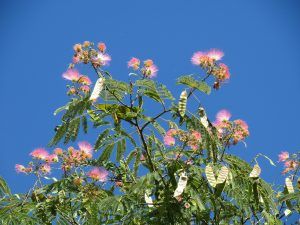 All varieties of albizia multiply during the spring, through seeds that must be treated with hot water or sulfuric acid before sowing.
All varieties of albizia multiply during the spring, through seeds that must be treated with hot water or sulfuric acid before sowing.
The best time for planting albizia is during the months of March, April, May, September, October and November.
Where to plant albizia?
The albizia is a rustic plant that can be grown in different regions and types of soil, as long as it has a lot of light without excess sun. In its natural habitat the albizia is found on dry plains, in sandy valleys, and uplands.
It is a plant recommended for the use of urban trees on streets or sidewalks, from medium to wide. Albizia is a species suitable for cultivation in coastal gardens and maritime areas.
How do we water the albizia?
The irrigation of the albizia is very important, but only in the first two years of life of the specimen. After that time, the risks can be reduced because the root apparatus already obtains the humidity it needs directly from the soil, ground or substrate.
Drip irrigation is recommended to maintain uniform humidity, always water at dusk or first thing in the morning, without excess water.
How often do we water the albizia?
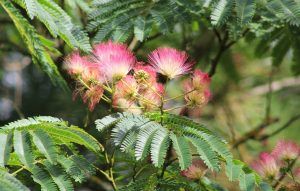 The albizia plant should be watered every two weeks in summer seasons, in subsequent years the amount of watering is reduced.
The albizia plant should be watered every two weeks in summer seasons, in subsequent years the amount of watering is reduced.
The irrigation of the albizia must be only to maintain the level of humidity that it needs, without puddles or accumulations of water.
How to plant an albizia step by step?
To sow the albizia plant, it is necessary to carry out a seed germination process first, since its cover is very hard and impermeable.
For germination, it is recommended to place the seeds in boiling water for 5 seconds and then leave them in natural water for 24 hours, so that the shell loosens.
- Select the strongest seeds with the largest roots for sowing.
- Have a direct location in the patio, garden or greenhouse suitable for planting the albizia.
- Choose a large pot, if it is grown in a pot, to avoid frequent transplants.
- Make a substrate composition based on humus, sand and limestone that favors the drainage of the albizia.
- Water abundantly without flooding and then water every 2 weeks just to maintain soil moisture.
- Locate the albizia in full sun or in a place that has good light.
- Remove the surface layer and replace it with new substrate, once a year.
What care does the albizia need?
The albizia is not demanding in terms of care for its development and cultivation, but time must be spent to meet some basic requirements. The substrate, soil or land for the albizia plant must be fertile, fresh, light and with very good drainage capacity.
It develops well in alkaline soils with low humidity, limestone, poor in nutrients and can tolerate environments near the sea. The location of the albizia should be a bright place with direct sunlight, although it can withstand the cold well during its adult stage.
Fertilize after the first flowering with liquid organic fertilizers, accompanying the irrigation water. Annually remove the surface layer of the soil by at least 5 centimeters and replace it with a new substrate, while the crop remains in the pot.
It supports intense cold well and has a fast growth, however, it likes sunny places. With the necessary care, the flowers of the albizia will appear from late spring and its fruits will ripen in autumn.
What pests and diseases affect albizia?
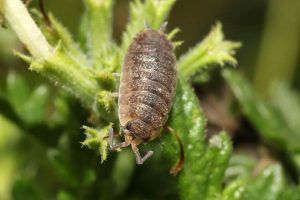 Most albizia varieties are affected by psyllid-type insects that eat their leaves and pods and also suck the sap from their flowers.
Most albizia varieties are affected by psyllid-type insects that eat their leaves and pods and also suck the sap from their flowers.
Psyllids release a sticky excrement, conducive to the leaves of the albizia can be filled with fungi called soot.
Other pests that attack albizia are mealybugs, fusarium wilt, and pear psylla. Mealybugs are also called ball bugs and affect almost all ornamental plants by sucking their leaves, stems and fruits and extracting the sap.
To prevent and remove mealybugs from albizia, prepare a mixture of water with biodegradable soap and alcohol and clean its leaves with a damp cloth.
In the event that the albizia plant presents an invasion of insects, it is necessary to clean it well and apply systemic insecticides for mealybugs.
How long does albizia live?
The albizia has a life time of around 20 years. In very specific cases, with optimal growing conditions, it could reach up to 30 years.
How long does it take for albizia to grow?
It grows vigorously the first 2 or 3 years. After that the growth becomes slow until it reaches its maximum height.
The average time this entire process takes is 8 to 10 years.
How long does it take to produce fruit?
Because it grows quickly, fruit production could come as early as 3 years or so, or remain bare for up to 4 years.
It all depends a lot on the climatic conditions and the cultivation practices used.
Can it be grown in a pot?
It can be safely potted and even used in miniature for display as a bonsai.
How many times does albizia produce fruit?
The albizia produces a single fruit production during the year, just in the initial days of autumn.
Should albizia be pollinated to obtain fruit?
The albizia needs the obligatory presence of insects that are in charge of the libation of the nectar and, therefore, of the pollination.
How cold can albizia tolerate?
It is tolerant to winter cold and even some frost. The maximum recommended temperature is -15° C.
It is advisable, however, to protect its roots with mulch to prevent them from freezing.
How many albizias can be planted per hectare?
Due to the leafiness of the albizia, more than 100 specimens per hectare are not recommended, unless it is a reforestation project.
What kind of fertilizer does albizia need?
The fertilization is worked with an annual dose of manure plus a contribution of mineral fertilizer that will have to be carried out monthly during the summer.
This mineral fertilizer must be balanced.
How much heat and/or drought can albizia tolerate?
It does not have major problems with heat because, in fact, it prefers warm temperatures.
Drought is not a factor that affects it too much either.
Of course, if the temperatures are very high, it will be necessary to add moisture to prevent it from dehydrating and losing its leaves or getting sick.
Bibliographic references
- Effect of the substrate on the quality of the Albizia procera plant grown in tubes, MC López, MB Vichot, YR Collera – Revista Cubana de Ciencias…, 2015 – dialnet.unirioja.es
- Germinative capacity of Albizia Lebbeck seeds Albizia Lebbec (L.) Benth. II. Dormancy break and seedling emergence, M Navarro, A Mesa, Y González – Pastos y Forrajes, 2002 – payfo.ihatuey.cu
- Evaluation of the establishment of Bauhinia Purpurea and Albizia Lebbeck in pastures of Panicum Maximum, L Lamela – Pastures and Forages, 2000 – payfo.ihatuey.cu
- Influence of different organic substrates on the growth of Albizia procera (Roxb.) Benth in a nursery using tube technology, RB Martínez – Forest and Environmental Sciences, 2017 – cifam.upr.edu.cu
- Albizia julibrissin (Fabaceae-Mimosoideae) naturalized in Argentina, F Bedetti, P Rimoldi, C Sanabria – Bulletin of the Society…, 2014 – revista.unc.edu.ar
- Behavior of Albizia lebbeck (L) Benth under nursery conditions with weakly saline soils in the municipality of Río Cauto, province of Granma, GY Oliva Arias – 2013 – rc.upr.edu.cu

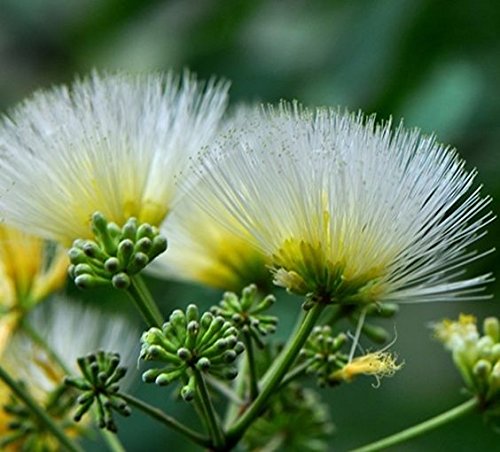
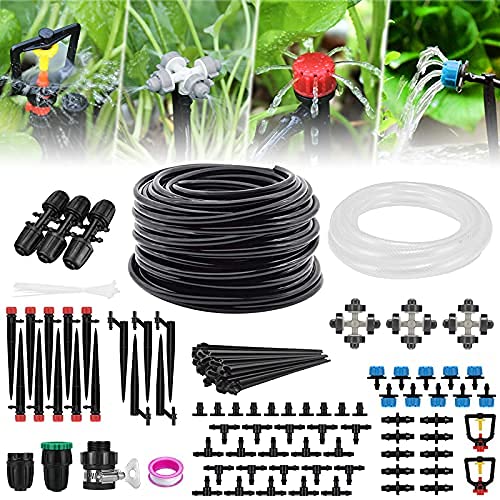
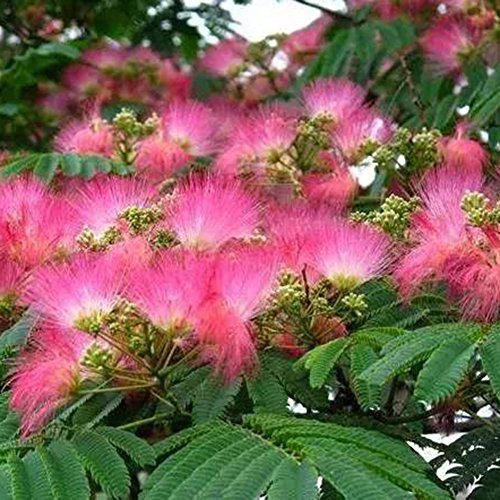
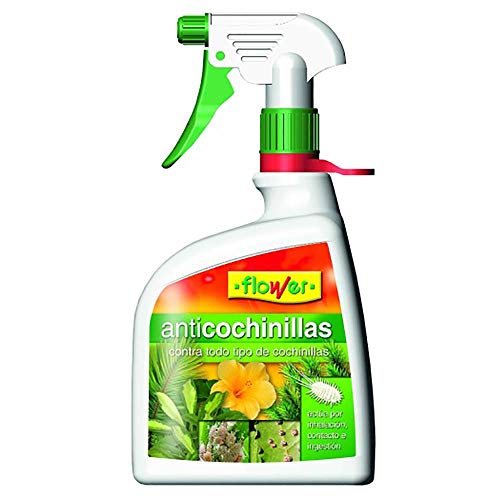
![Photo of Holm oak: [Cultivation, Irrigation, Care, Pests and Diseases]](https://www.complete-gardening.com/wp-content/uploads/2021/06/encina_bellota_1615474807-390x220.jpg)

![Photo of Mulch Fly: [Detection, Steps to follow and Products to use]](https://www.complete-gardening.com/wp-content/uploads/2022/08/mulch-fly-detection-steps-to-follow-and-products-to-use-390x220.jpg)
![Photo of Zahareña: [Cultivation, Care, Pests and Diseases]](https://www.complete-gardening.com/wp-content/uploads/2021/06/Zaharena-390x220.jpg)